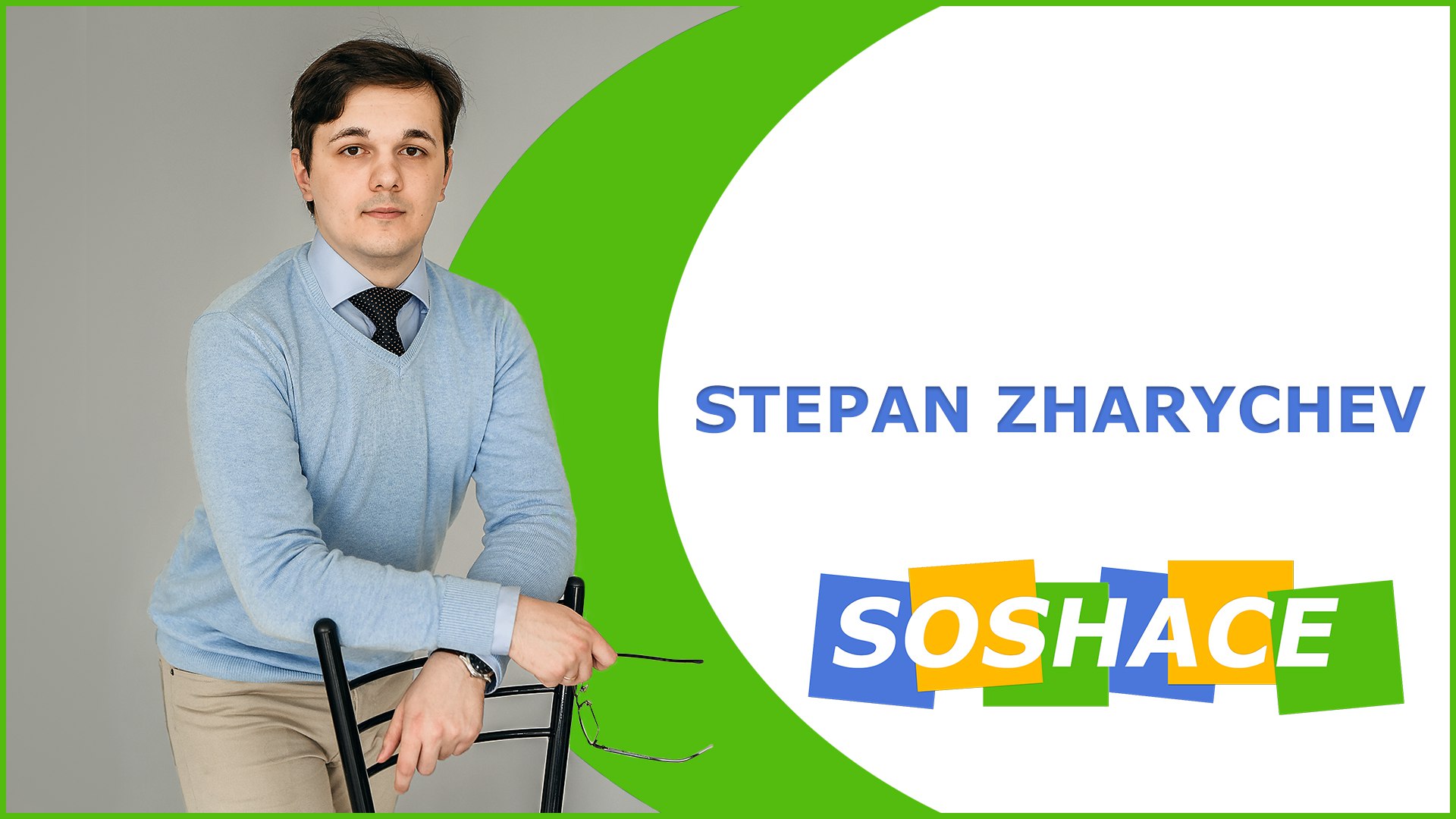In the competitive landscape of today’s job market, securing a desirable position often hinges on the ability to effectively navigate the interview process. As organizations increasingly focus on behavioral and situational assessments to gauge candidate suitability, mastering common interview questions has never been more critical. This article presents a comprehensive guide to developing strategic responses that not only demonstrate your qualifications but also align with the organizational culture and values of prospective employers. By dissecting prevalent interview questions and offering insights grounded in psychological principles and communication strategies, we aim to equip candidates with the tools necessary to articulate their experiences and competencies with confidence and precision. Whether you are a seasoned professional or a recent graduate, refining your approach to these pivotal interactions will enhance your chances of leaving a lasting impression in the minds of hiring managers.
Table of Contents
- Understanding the Purpose Behind Common Interview Questions
- Crafting Tailored Responses to Align with Job Requirements
- Utilizing the STAR Method for Effective Storytelling
- Preparing for Behavioral Questions through Practice and Reflection
- Future Outlook
Understanding the Purpose Behind Common Interview Questions
In the world of interviews, each question serves a specific purpose, allowing interviewers to uncover crucial insights about candidates. Understanding these underlying intentions can significantly improve your response strategy. For instance, when asked about your strengths and weaknesses, the interviewer is not just seeking self-awareness but is also evaluating your honesty and willingness to grow. This question often reveals a candidate’s ability to reflect on their performance and contribute to a positive workplace culture. Some common purposes behind interview questions include:
- Assessing Skills: Determining technical competencies relevant to the job.
- Evaluating Cultural Fit: Understanding how you align with the company’s values and environment.
- Analyzing Problem-Solving Ability: Gauging your critical thinking and decision-making skills.
Moreover, familiarizing yourself with these objectives can help you craft responses that resonate with the interviewer’s expectations. For example, behavioral questions such as “Tell me about a time you faced a challenge at work” are designed to assess your past behavior as a predictor of future performance. It enables the interviewer to evaluate how you approach difficult situations and whether your strategies align with the company’s objectives. Consider utilizing a strategic response framework, such as the STAR method (Situation, Task, Action, Result), to effectively convey your experiences. Here’s a quick overview:
| STAR Component | Description |
|---|---|
| Situation | Set the context for your story. |
| Task | Describe the challenge or responsibility you faced. |
| Action | Explain the steps you took to address the task. |
| Result | Share the outcomes and what you learned. |
Crafting Tailored Responses to Align with Job Requirements
To craft effective responses during interviews, it’s crucial to closely analyze the job requirements outlined in the posting. By aligning your experiences and skills with the employer’s needs, you can demonstrate that you are not only a suitable candidate but also genuinely interested in the position. Start by identifying key requirements and responsibilities in the job description, then reflect on your professional history to pick out specific examples that showcase your qualifications. Consider emphasizing:
- Relevant Skills: Highlight specific competencies that match the role.
- Quantifiable Achievements: Provide data-driven examples to illustrate your successes.
- Cultural Fit: Discuss experiences that resonate with the company’s values and mission.
Furthermore, utilize the STAR method (Situation, Task, Action, Result) to structure your responses effectively. This technique will help you communicate your experiences in a concise and organized manner, ensuring that interviewers grasp the significance of your contributions. Consider the table below as a guide for mapping out your STAR responses:
| Component | Description | Example |
|---|---|---|
| Situation | Set the scene and provide context. | “In my previous role, we faced a significant drop in customer satisfaction…” |
| Task | Describe the challenge you were up against. | “My goal was to identify the main issues and improve feedback scores by 20%…” |
| Action | Detail the steps you took to address the situation. | “I led a team to conduct customer surveys and implemented new training for staff…” |
| Result | Share the outcome of your actions. | “As a result, customer satisfaction improved by 30% within three months…” |
Utilizing the STAR Method for Effective Storytelling
To craft impactful narratives during interviews, applying a structured approach like the STAR method can enhance your responses significantly. This technique encourages candidates to break their answers into four distinct components: Situation, Task, Action, and Result. By doing so, you can convey your experiences clearly and systematically, allowing interviewers to easily grasp the context of your accomplishments. For instance, instead of saying you improved team dynamics, you might explain the specific situation that required change, the task you identified, the actions you took to address it, and the positive outcome that ultimately resulted. This clarity not only showcases your communication skills but also emphasizes your role and contributions effectively.
The STAR method also facilitates preparation by allowing you to develop a repository of scenarios relevant to various competencies. Consider maintaining a table where you categorize your experiences based on key skills desired by employers, such as leadership, problem-solving, or teamwork. Here’s a simple example:
| Skill | Situation | Task | Action | Result |
|---|---|---|---|---|
| Leadership | Team underperforming in Q1 | Revitalize team morale | Organized team-building workshop | Increased productivity by 30% |
| Problem-solving | Client project deadline at risk | Ensure on-time delivery | Implemented agile methodology | Delivered project 2 weeks early |
By employing this method, you not only prepare tangible examples to draw upon during your interview but also create a mental map of your experiences that can help articulate your career journey more compellingly. Make sure to practice telling your stories with confidence, focusing on the structure and engaging your audience. The STAR method is not just a tool—it’s a way to narrate your professional story in an impactful manner.
Preparing for Behavioral Questions through Practice and Reflection
Engaging with behavioral questions during interviews requires a proactive approach characterized by both practice and thoughtful reflection. To prepare effectively, candidates should immerse themselves in simulated interview environments where they can articulate their experiences in a structured manner. Develop STAR Responses by focusing on the Situation, Task, Action, and Result framework, which allows you to present your story clearly and concisely. Additionally, crafting a list of common behavioral questions can serve as a foundation for your practice sessions, ensuring you cover a comprehensive range of potential inquiries.
Reflection plays a critical role in refining your responses. After practicing, take the time to analyze your delivery and the content of your answers. Consider the following elements in your review process:
- Clarity: Ensure your answers are easy to understand.
- Relevance: Stay focused on the job’s requirements and how your experiences relate to them.
- Confidence: Aim to convey assurance in your responses while remaining authentic.
By routinely assessing your performance against these criteria, you’ll develop responses that not only resonate with your interviewers but also align closely with the competencies they seek.
Future Outlook
mastering common interview questions is a critical component of successful job acquisition. By employing strategic responses tailored to reflect your unique experiences and qualifications, you not only enhance your communication skills but also position yourself as a compelling candidate. This guide has outlined key techniques for analyzing questions, structuring responses, and integrating relevant examples that align with the expectations of potential employers.
As you prepare for your next interview, remember to approach each question as an opportunity to demonstrate your problem-solving capabilities, adaptability, and cultural fit within the organization. Continuous practice and reflection will not only bolster your confidence but also reinforce your ability to engage in dynamic conversations during the interview.
Ultimately, the art of responding to interview questions extends beyond merely providing answers; it involves showcasing your potential as a valuable asset to any team. With thorough preparation and an analytical mindset, you will be well-equipped to navigate the complexities of the interview process, paving the way for your professional advancement.






